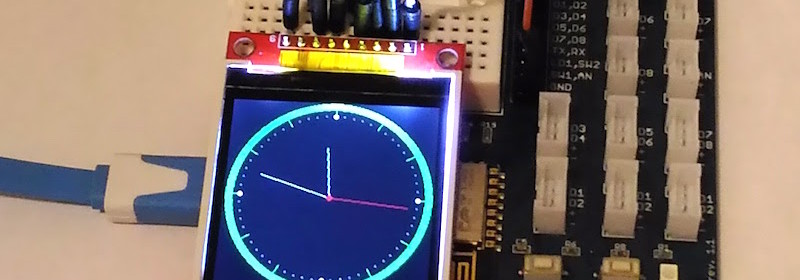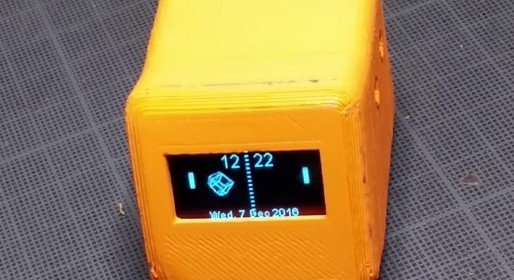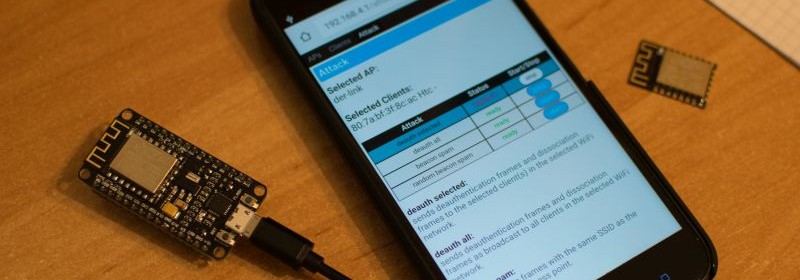Tutorial 8: ESP8266 Internet clock

The National Institute of Standards and Technology (NIST) provides official time in the United States. NIST disseminates the time using several methods, including radio broadcasting over short-wave and long-wave frequencies, telephone dial-in services (ACTS), and Network Time Service (NTS) over the internet. This tutorial describes how to build an ESP8266-based internet clock that uses NIST’s NTS service to retrieve accurate time information. The time is displayed on a colorful TFT LCD (ILI9341 driven) in both analog clock dial and digital formats. The time is synchronized to the NIST server in every 2-minute interval. Hardware This project uses an ESP8266 module to connect to
Read more


